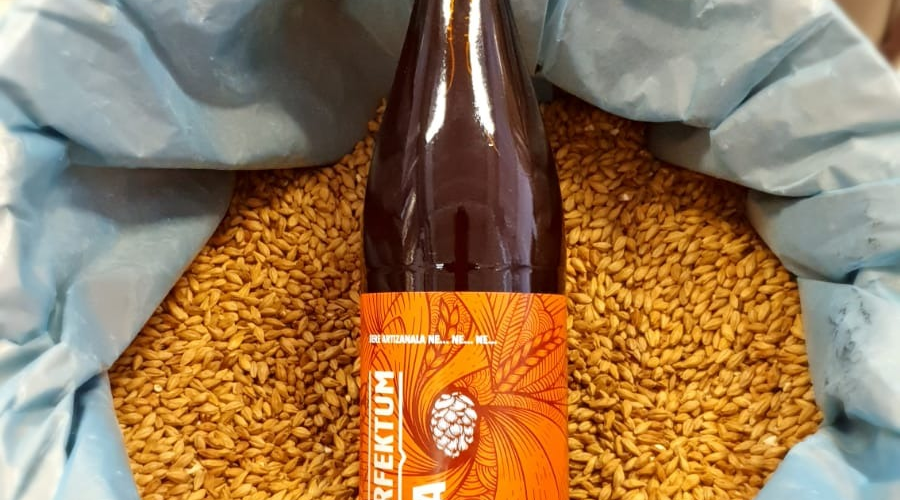You have probably often heard the story of IPA (India Pale Ale) – the beer made by the British when they conquered India? A stronger, hoppier beer that could withstand the sea voyage to India?
Well, it turns out not quite so. Let’s start at the beginning.
Pale Ale around 1700
Before the industrial revolution in England (more precisely since they started to use steam engines) almost all beer had a brownish color; the explanation is simple, it was used in the maltification process wood => uneven heating => smoking => dark malt colors.
With the introduction of the first machines in the brewing industry, they succeeded in England to make a lighter colored malt and practically any beer lighter in color than the usual brown was considered Pale. Obviously being a new beer and made from better processed ingredients, Pale Ale began to be considered a premium beer.
What beer was being transported to India around 1700?
From the historical resources found today, the first mention of Pale Ale beer in India appears around 1716. Only there’s no way this beer was an IPA, it turns out it was actually an October Ales – a beer normally matured in wooden vessels for at least 1 year. For India they didn’t really mature it, but put it in casks, and the 6 months of bumpy journey on the boat, with temperature variations and movements made it just the right beer to drink on arrival in India. But it still wasn’t a special beer for India.
The first big name in the beer trade to India was a George Hodgson, who is also wrongly credited with inventing the IPA. What he was really doing was that by having a brewery near the docks of the East India Company, which handled the trade between England and India, he had managed to make a good deal: ships would come from India loaded with goods, and would return empty. George Hodgson, in about 1752, knocked them back with beer. His son, Mark Hodgson, continued the lucrative business, so that at one point it was almost all the Pale they could get to India.
Having become something of a monopoly, the East India people started looking for better business solutions. So they invited Allsopp’s brewery in Burton upon Trent to make a copy of Hodgson’s beer. Which they seem to have succeeded in a big way, because Burton’s water is rich in gypsum and salts, which boosts the hop flavor and makes the beer excellent.
As Burton upon Trent is a small town, they found other breweries in the area successful and started making clones after it. The best known is the Bass brewery, which has become the world symbol of English beer.
But still, how and when did the original IPA appear?
Okay, fine, IPA was invented. It just has nothing to do with what we call IPA today. Because then came refrigerators, PILS and war. And prohibition in America.
Let me explain.
First of all, in India and all over the world, refrigerators started to appear, which meant that you didn’t really need “more hops and more alcohol” to keep the beer from spoiling. And Pils also came along, which was easier for everyone to drink (more refreshing) so to speak, and cheaper to make.
Add the 2 world wars (when the amount of alcohol started to decrease due to grain restrictions) and that prohibition thing where you couldn’t drink alcohol at all in America and there you have the IPA almost disappeared. It seems that after prohibition the only beer that still had a bit of the original IPA was from America, made by the Ballantine brewery.
The IPA Revolution
The IPA revolution, that is IPA as we know it now, began in America in the 1980s, when a number of craft breweries tried to revive the old Ballantines IPA recipes. In the process of researching, re-inventing and discovering, they discovered that American-grown hops were great for this type of beer. Cascade, Chinook have become the factto hops used in today’s most minute IPAs. English brewers were not to be outdone either and started re-inventing the style and lo and behold, it became a worldwide craze.

Leave a Reply